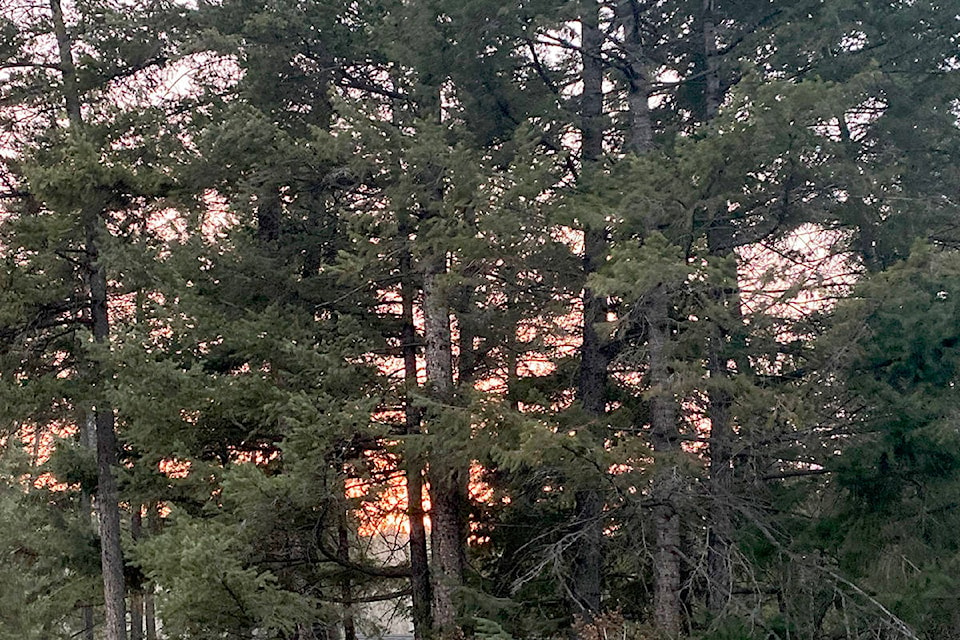Work to continue to reduce the risk of future wildfires is set to begin in the Fox Mountain area, east of Pheasant Drive and Gannet Road.
The objective is to tie this treatment area into previous projects to reduce the amount of fuel available to burn in the event of a wildfire and create a fuel break for where the urban development and forest meet. The project covers about 12 hectares.
This location was identified as treatment priority in the Williams Lake and Area Community Wildfire Protection Plan, which was developed by multiple agencies, communities and First Nations. Preliminary field work and planning for these projects began in 2019.
Risk reduction activities may include:
• removing hazardous trees and flammable shrubs;
• retention of broadleaf species;
• reducing woody debris and other fuels on the forest floor by piling and burning or chipping and grinding the material for offsite use;
• thinning forested areas by cutting smaller trees and some mature trees;
• removing some of the dead standing trees; and
• pruning low-hanging tree branches to help prevent fire from moving into tree tops.
READ MORE: Fuel treatment in Fox Mountain woodlot a multiprong approach
Both mechanical treatment with heavy equipment and manual treatment with hand crews will be utilized on site. While work is underway, trails in the area may be closed on days when contractors are working nearby. Signage and roadblocks will be placed on the trails during these times. The project will not encroach on private land. A map of the treatment area can be found here: http://ow.ly/MooX50DrEt6
In addition to making it easier for firefighters to defend the community against future wildfires, these projects improve the long-term health and resiliency of forests and enhance habitat for mule deer and other wildlife. Other important factors, such as recreational use, riparian areas and cultural values, were considered when planning these projects.
The treatment area may be maintained through prescribed fire in future years.
About 1,200 hectares of land in and around Williams Lake are slated for treatment over the next two years. Work will take place in areas where urban development and forests meets, with priority given to areas close to residences or critical infrastructure, or where steep slopes, weather patterns or fuel hazards could impact fire behaviour.
editor@wltribune.com
Like us on Facebook and follow us on Twitter
